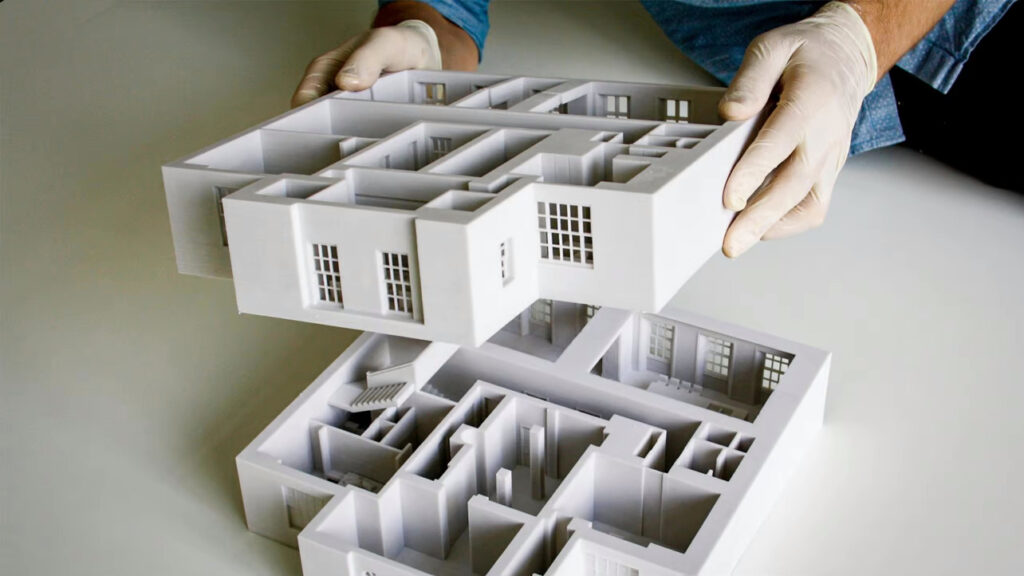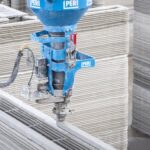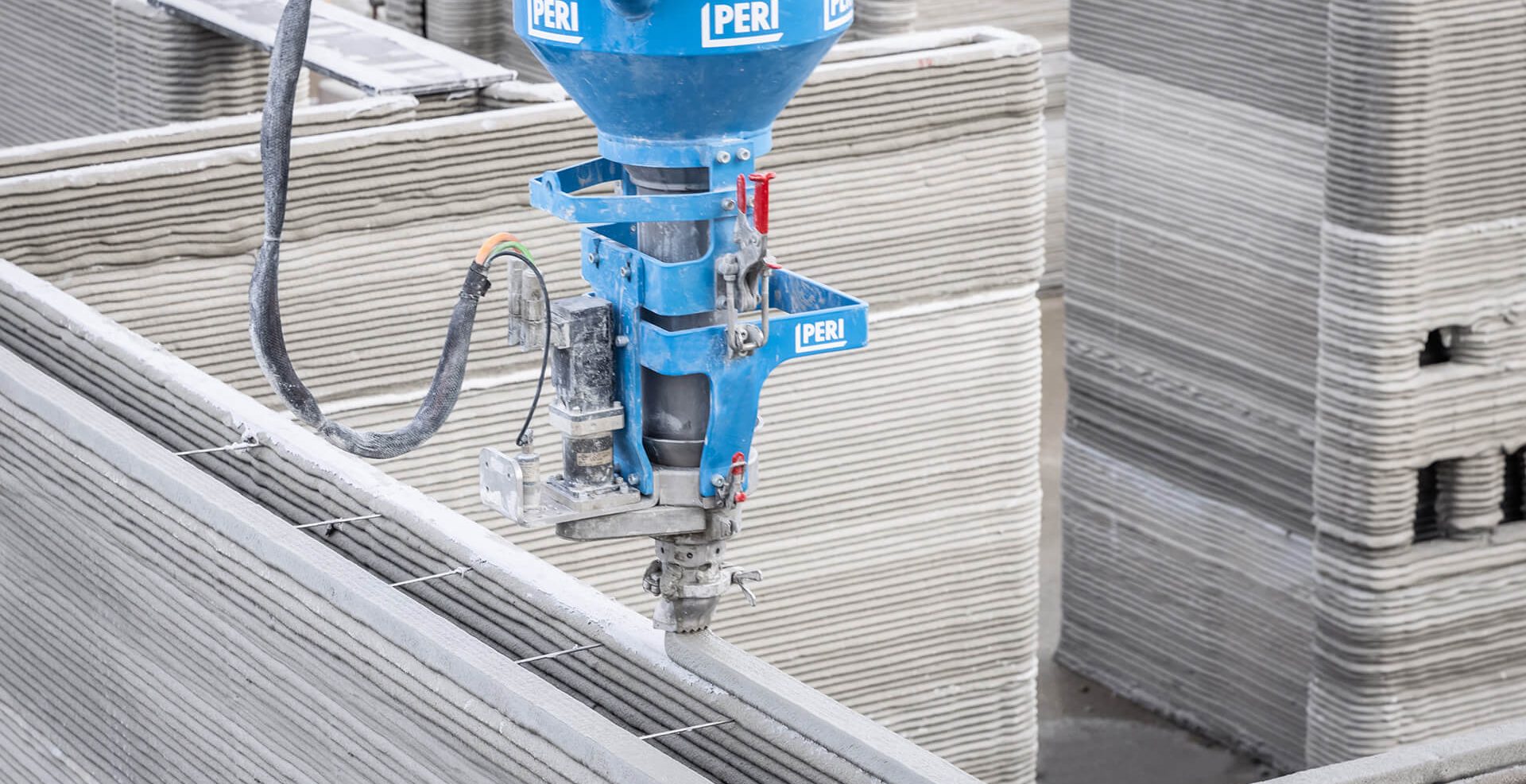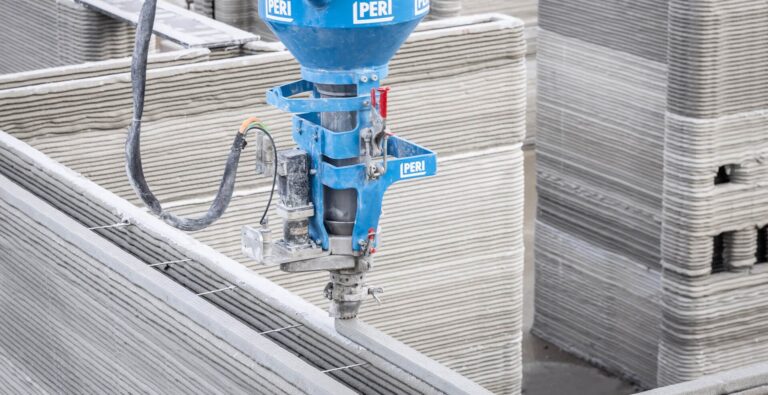In recent years, the world of construction and architecture has been undergoing a remarkable transformation thanks to the advent of 3D printing technology. This groundbreaking innovation has created a wave of possibilities, reshaping how we design, plan, and construct buildings. In this comprehensive article, we delve into the realm of 3D printing in construction and architecture, exploring its applications, benefits, and its impact on the future of the building industry.
The Rise of 3D Printing in Construction
3D printing, also known as additive manufacturing, has transcended its origins in manufacturing and entered the realm of construction and architecture. This technology involves the layer-by-layer deposition of materials to create three-dimensional objects based on digital models. 3D printing in construction might sound like science fiction, but it is rapidly becoming a reality.
Revolutionizing Architectural Design
Architects and designers are now empowered to materialize their wildest creative visions. Complex and intricate geometries that were once challenging to achieve using traditional methods are now within reach with 3D printing. From curvilinear facades to structurally efficient lattice designs, the possibilities are limitless.
Efficiency in Construction
One of the most significant advantages of 3D printing in construction is the potential for increased efficiency. Traditional construction methods often involve a myriad of time-consuming and labor-intensive processes. With 3D printing, many of these steps are streamlined or even eliminated. This reduces construction timelines, lowers labor costs, and minimizes waste.
Sustainable Building Practices
Sustainability is paramount in modern construction, and 3D printing offers a more sustainable alternative. By precisely controlling the amount of material used and minimizing waste, 3D printing contributes to eco-friendly construction practices. Additionally, using recycled or locally sourced materials further enhances the sustainability of 3D printing in construction.
Applications of 3D Printing in Construction
The applications of 3D printing in construction are as diverse as they are revolutionary. This technology has the potential to redefine various aspects of the building industry, from the way we create structures to the materials we use.
Creating Complex Components
3D printing allows for the creation of highly complex and intricate building components with unparalleled precision. This is particularly valuable for constructing elements such as ornamental facades, decorative moldings, and customized structural elements that require meticulous attention to detail.
Affordable Housing Solutions
In many parts of the world, affordable housing remains a pressing issue. 3D printing has emerged as a solution by enabling the rapid and cost-effective construction of housing units. This technology has the potential to significantly reduce the financial barriers associated with housing, making it more accessible to a broader population.

Disaster Relief and Rapid Deployment
During natural disasters or humanitarian crises, quick and efficient shelter solutions are critical. 3D printing can play a pivotal role in this context by enabling the on-site fabrication of temporary shelters and emergency structures. This rapid deployment can provide much-needed relief to affected communities promptly.
Challenges and Future Outlook
While the potential of 3D printing in construction is immense, there are still challenges to overcome. Some of these challenges include developing suitable construction-grade materials, ensuring regulatory compliance, and scaling up the technology for large-scale projects. However, ongoing research and advancements are steadily addressing these obstacles.
The Insider’s Views: Unlocking the Power of SEO for Website Traffic
In the digital age, visibility on search engines is paramount for the success of any website. If you’re interested in learning more about how to boost traffic to your website and harness the power of SEO, look no further than “The Insider’s Views.” This invaluable resource provides comprehensive insights and expert tips on everything SEO-related. To dive into the world of effective SEO strategies, visit The Insider’s Views.
In conclusion, 3D printing is undeniably reshaping the landscape of construction and architecture. Its ability to enhance design flexibility, improve efficiency, and contribute to sustainable practices positions it as a transformative force within the industry. As 3D printing technology continues to evolve and overcome challenges, its role in shaping the future of construction and architecture is poised to become even more pronounced. Embracing this innovative technology could be the key to unlocking new horizons and possibilities in building design and construction.


























+ There are no comments
Add yours